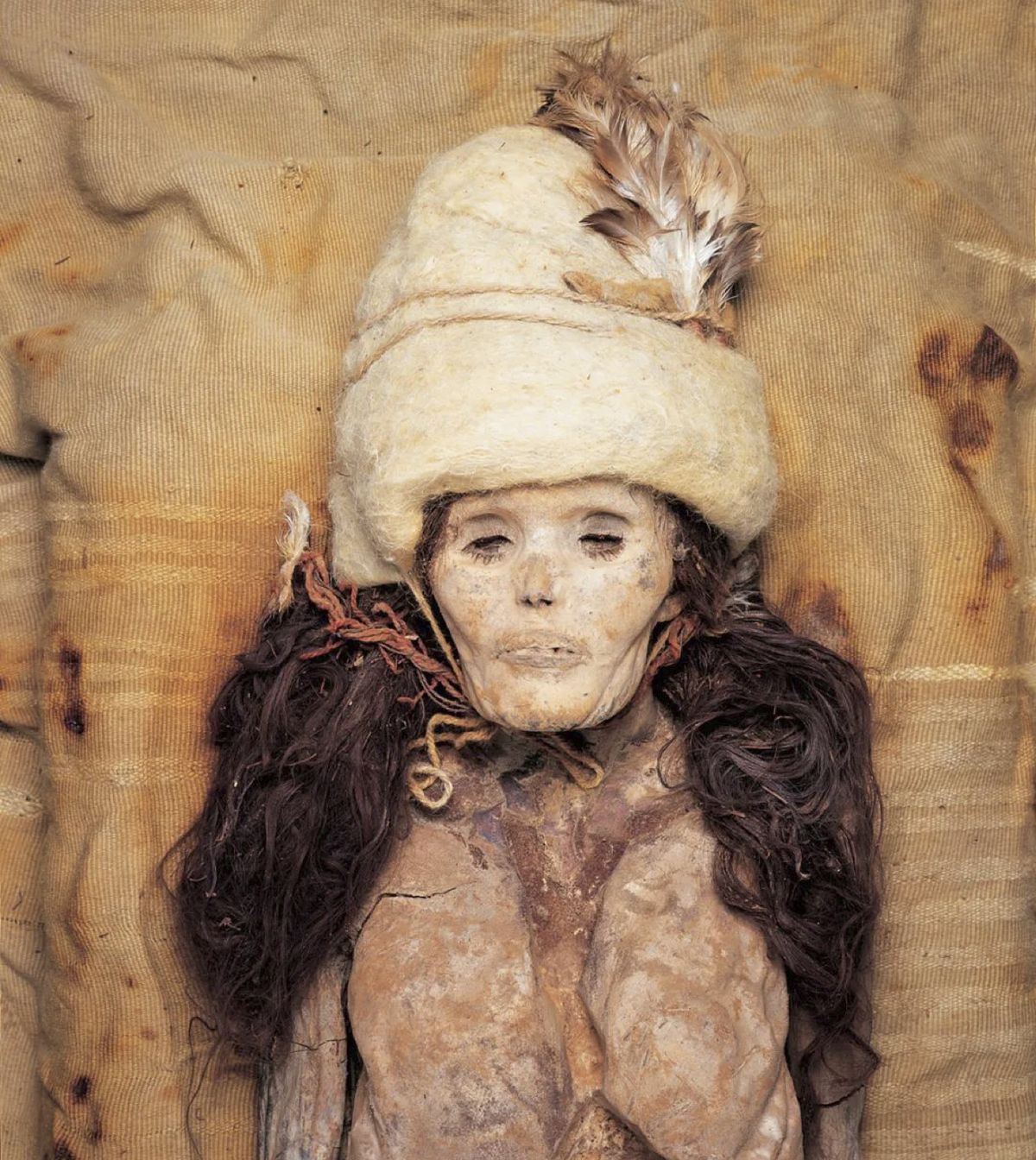The hoard, which was found in a copper pot in the village of Pembarthi in Telangana, contained 189.8 grams of gold, 1.72 kilograms of silver ornaments, a ruby weighing 6.5 grams, and other valuable items such as gold earrings, gold beads, and gold neck chains.

The Indian government has regulations in place for the discovery of such treasures. According to the Indian Treasure Trove Act of 1878, if a property is over 100 years old, it belongs to the government, and no notification is required. However, if anyone claims ownership of the property, it must be proved by that person. In this case, no one has come forward to claim the ownership of the treasure.

The discovery of the treasure has led to calls for a temple to be built on the site by local villagers and council members. It is believed that the ornaments were offered as offerings to a goddess at a temple that once existed on that spot. Officials from the Archaeological Survey of India have visited the site and confirmed that the treasure will remain with the state government at the Warangal Urban district treasury.

An archaeologist will examine the treasure trove to determine its origin and the period it belongs to. This is an important step in uncovering the history and cultural heritage of the region. The examination may also shed light on the significance of the site and the purpose for which the ornaments were used.
In conclusion, the discovery of gold ornaments and antiques in southern India has not only added to the country’s wealth but also has cultural and historical value. The examination of the treasure trove will provide insight into the region’s past and help to preserve its heritage for future generations.





